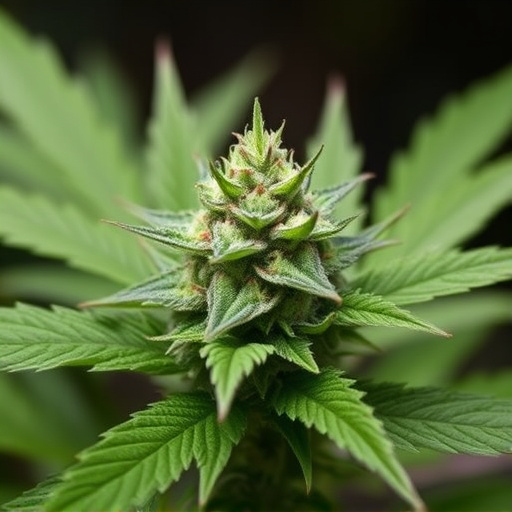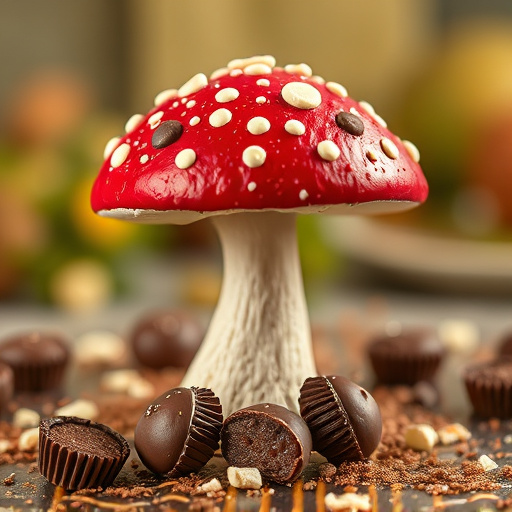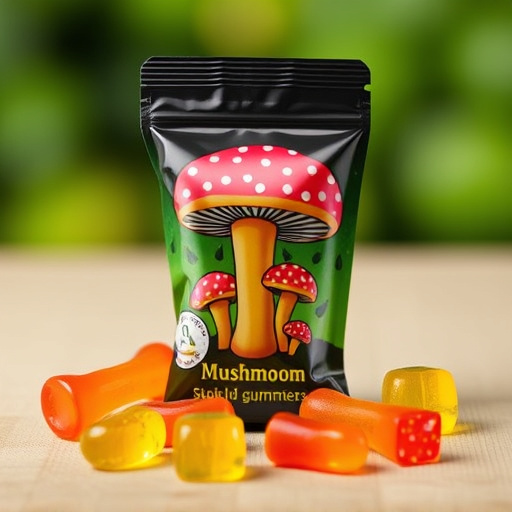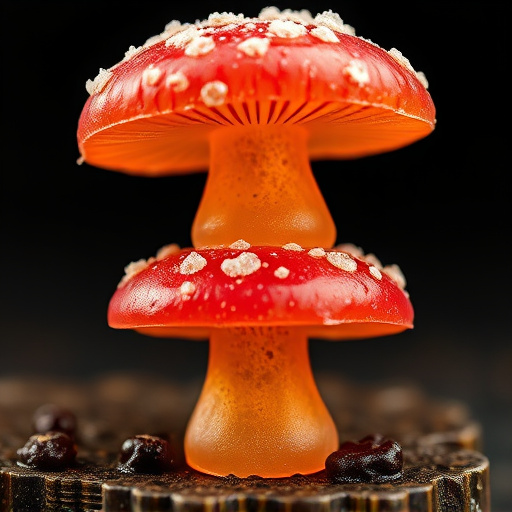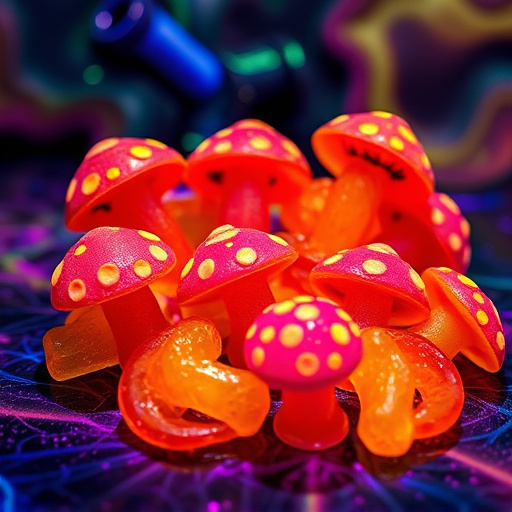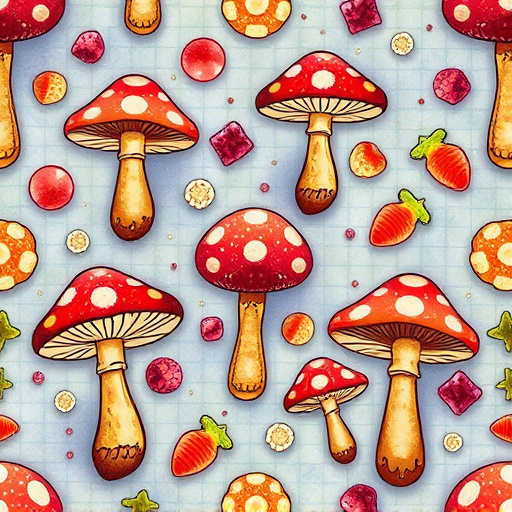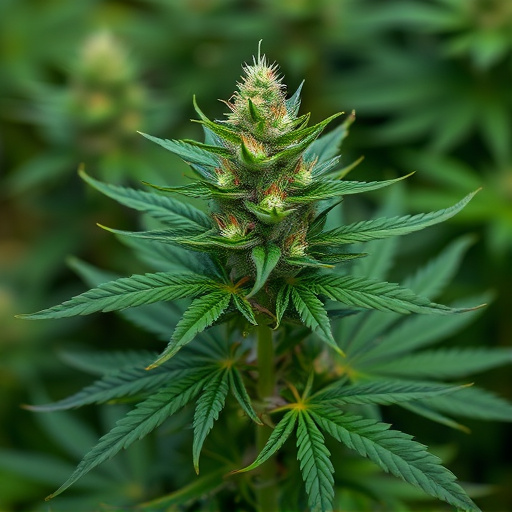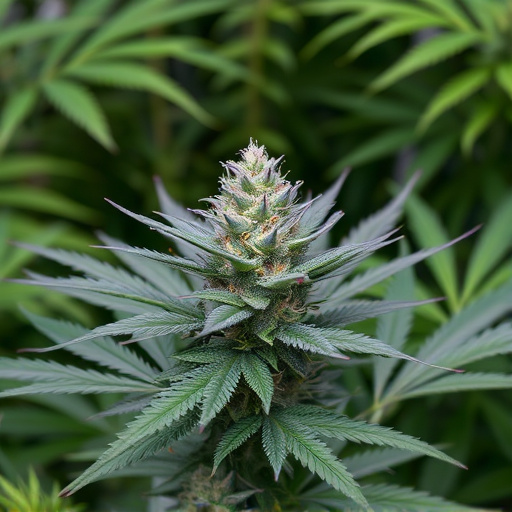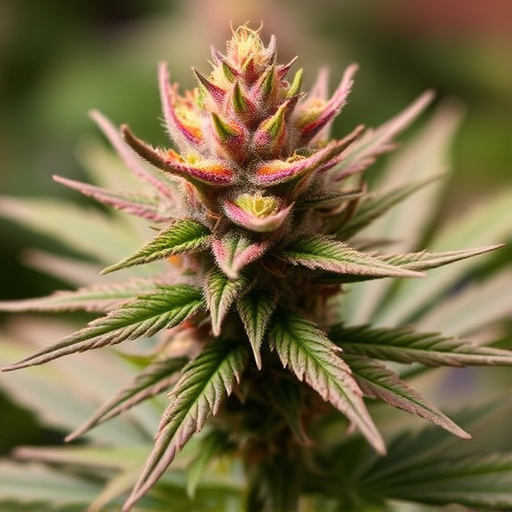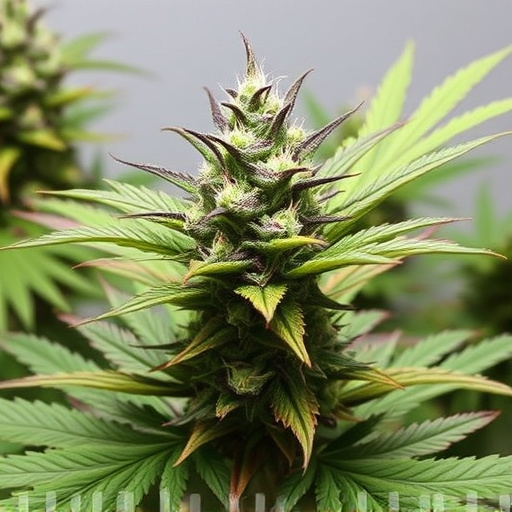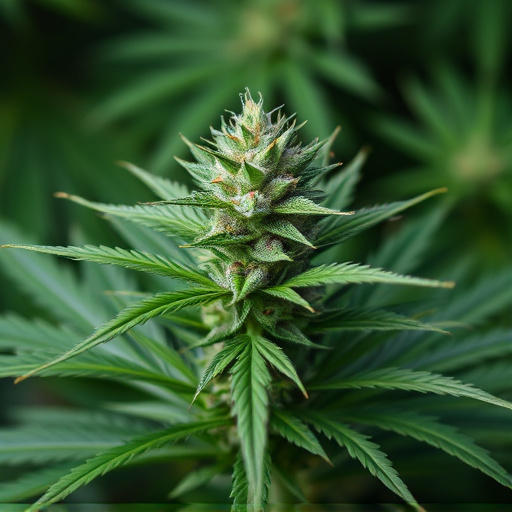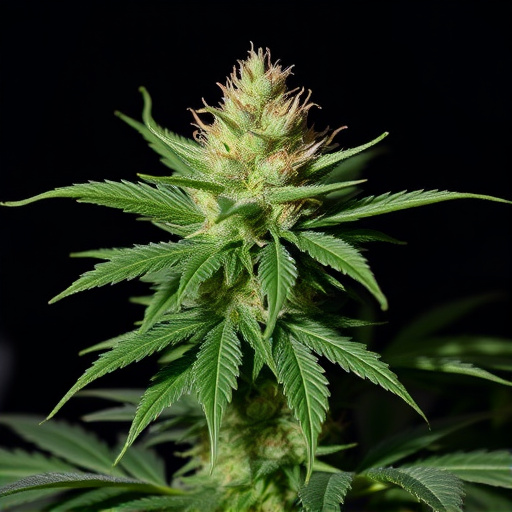High sativa strains of cannabis significantly impact brain chemistry by stimulating dopamine and serotonin releases, enhancing pleasure, mood, and sensory perception. While these effects offer potential therapeutic benefits for depression and low mood, chronic consumption can disrupt these systems, causing imbalances. Key compounds like THC and CBD in sativas contribute to their complex neurochemical modulation, providing both recreational experiences and long-term advantages.
“Unraveling the complex relationship between cannabis and our brain’s reward system, this article delves into the effects of the plant on dopamine and serotonin, the neurotransmitters responsible for pleasure and mood regulation. While cannabis has been a subject of interest for its diverse impacts, understanding how it interacts with these key players offers insights into both its recreational and potential therapeutic aspects, especially highlighting the promise of high sativa strains in influencing neurochemicals.”
- Understanding Dopamine and Serotonin: The Neurotransmitters of Pleasure and Mood Regulation
- Cannabis and Its Impact on Dopamine and Serotonin Systems
- High Sativa Strains: Effects on Neurochemicals and Potential Therapeutic Benefits
Understanding Dopamine and Serotonin: The Neurotransmitters of Pleasure and Mood Regulation
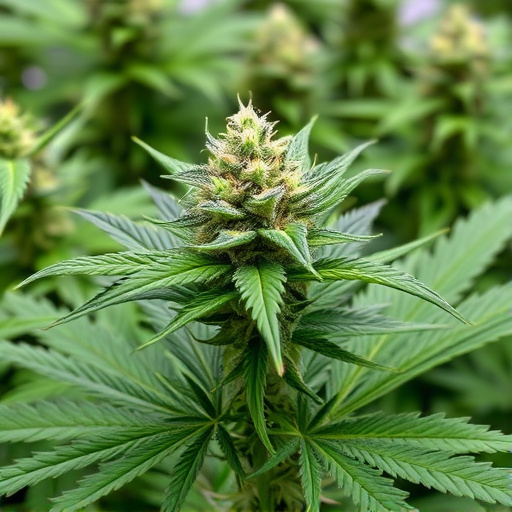
Dopamine and serotonin are two key neurotransmitters in our brain that play a central role in regulating mood, pleasure, motivation, and reward. Often referred to as the “feel-good” chemicals, they influence our daily experiences, behaviors, and overall well-being.
Dopamine is closely linked to pleasure, motivation, and movement. High sativa strains of cannabis are known to stimulate dopamine release, leading to feelings of euphoria, increased energy, and heightened sensory perception. Serotonin, on the other hand, regulates mood, appetite, sleep, and even pain sensitivity. Some studies suggest that cannabis can interact with serotonin receptors, potentially affecting mood and cognitive functions, especially in strains with a higher THC (tetrahydrocannabinol) content.
Cannabis and Its Impact on Dopamine and Serotonin Systems

Cannabis interacts with our brain’s natural reward system, specifically targeting the dopamine and serotonin neurotransmitters. These chemicals play a crucial role in regulating mood, pleasure, motivation, and cognitive functions. When cannabis is consumed, especially high sativa strains known for their potent effects, it can stimulate the release of these neurotransmitters, leading to feelings of euphoria and enhanced sensory experiences.
The impact on dopamine is particularly notable in the reward centers of the brain, which are heavily involved in addiction and motivation. Serotonin influences mood regulation, appetite, and sleep—and its interaction with cannabis may account for some of the therapeutic benefits associated with medical marijuana use. However, it’s important to note that chronic or excessive cannabis consumption can disrupt these systems over time, leading to potential imbalances and side effects.
High Sativa Strains: Effects on Neurochemicals and Potential Therapeutic Benefits
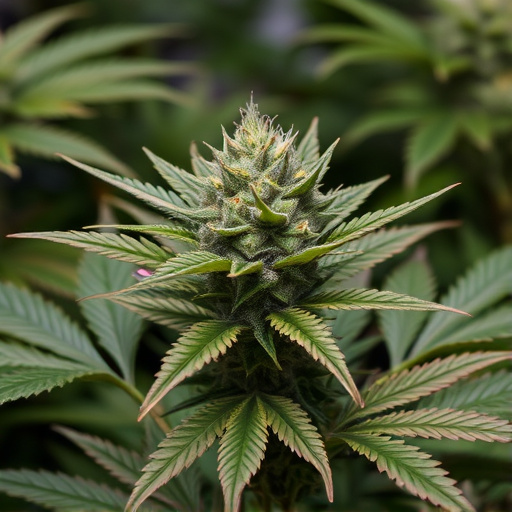
High sativa strains are known for their uplifting and energizing effects, often described as cerebral or mental highs. These varieties typically have higher levels of THC (tetrahydrocannabinol), the primary psychoactive compound in cannabis, which interacts with our neurochemicals in unique ways. When consumed, THC binds to serotonin receptors in the brain, enhancing serotonin’s activity. Serotonin plays a crucial role in mood regulation, appetite, and sleep—disruptions in these areas are often associated with mental health conditions like depression and anxiety. By modulating serotonin levels, high sativa strains may offer potential therapeutic benefits for individuals dealing with low mood or appetite issues.
Beyond THC, sativas also contain cannabidiol (CBD), another non-psychoactive compound that has gained significant attention for its anti-inflammatory and anxiolytic properties. Studies suggest that CBD can interact with dopamine systems in the brain, influencing reward processing and motivation. This interaction could explain the motivating and creative effects often associated with sativa strains. Together, the combination of THC and CBD in high sativa strains may provide a complex interplay of neurochemical modulation, offering both immediate recreational experiences and potential long-term therapeutic advantages for various mental health concerns.
In conclusion, cannabis’s interaction with neurotransmitters like dopamine and serotonin offers intriguing possibilities for therapeutic applications, particularly through high sativa strains. While further research is needed, understanding these effects can lead to innovative treatments for various conditions. The potential benefits of high sativa strains in managing mood and pleasure-related disorders highlight the importance of continued exploration into the complex relationship between cannabis and our neurochemical systems.

